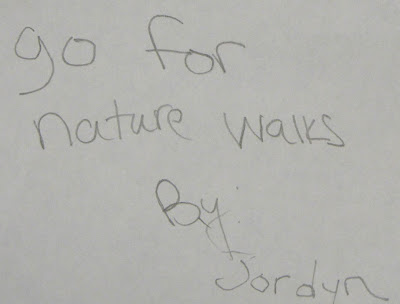This article by Education Programs Coordinator Carly Baumann was also posted on Kidoinfo.
“In the real world, life is filled with risks… and reasonable risks are essential for children’s healthy development.”
– Dr. Joe Frost
At Providence Children’s Museum, we witness wonderful moments of
learning through play all around us, every day: from discovering how to
use a popsicle stick as a clay cutting tool to learning that Pilgrim
children didn’t use forks, and that engineering a giant fountain with
two friends is much easier than constructing alone. But some of the most inspiring learning moments, often the most intense and
real, involve taking a risk. When children (and grown-ups) take risks or, as
Tim Gill
said, “actively seek out uncertainty,” they explore their own limits
and learn about the world. Risk is the ingredient that keeps us
engaged and it helps make play more meaningful.
Making opportunities for risk-taking in Museum exhibits and programs
is a responsibility we care deeply about. Because we encourage
open-ended experiences, there are not a lot of rules or instructions.
We believe in managing risk rather than seeking to eliminate it, so we
embrace a philosophy of designing environments and experiences to be as
safe as necessary but not as safe as possible. In our outdoor
Climber,
a safe and challenging structure, kids experience a sensation of taking
risks as they stretch, wiggle and climb two stories high. Pushing
through fears and internalizing one’s own sense of success doesn’t
require a life-or-death situation; the perceived risk is just as
valuable. Children take risks in open-ended physical play, but also
when they handle real tools, messy materials and live animals. They
take risks when trying challenges they might not succeed at on the
first try, or the tenth.
It’s
not only our responsibility to provide opportunities for risk-taking,
but to communicate the value of risk to caregivers – the most vital
supporters of their children’s learning. In the parent resource area
of our
Play Power exhibit,
video clips
show children playing intensely throughout the Museum. As a boy crawls
across his own wobbly arch bridge and two builders witness the toppling
of the intricate block tower they teamed up to construct, the narration
reads, “When they are free to take risks and try new things, kids learn
about their abilities. And they learn how to bounce back when things
go wrong.”
In a time when the media message is that growing up is not safe,
children need support to take risks from the caring adults in their
lives. By taking risks ourselves when we are challenged, we model that
risk is a part of life. Watching families when they hesitantly handle
worms from the Museum’s worm compost bin illustrates how risk can bring
us together in intense social experiences. Peers and parents can bring
a sense of security that eases children from uncertainty to the
exhilaration of overcoming a fear. In
The Climber, children
get social support from other kids who help coach them down a steep
step, or from parents watching below, still far enough away that the
child negotiates his own way down.
Let’s remember that, as Fred Rogers said, “Play is the work of
childhood.” Risk is an essential element of children’s work and play
and they need grown-ups who model, support and celebrate that.

































